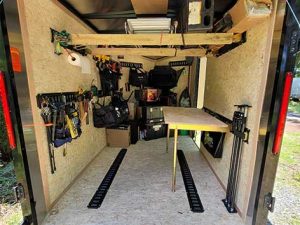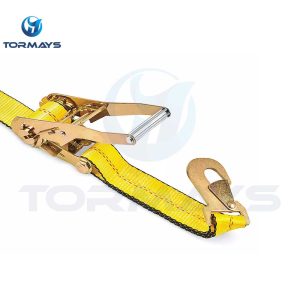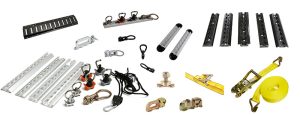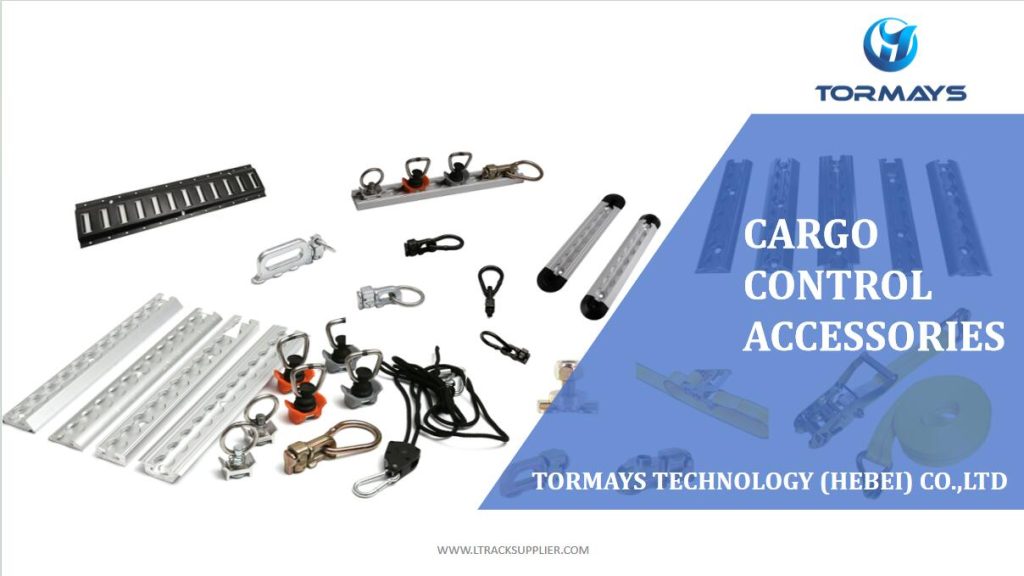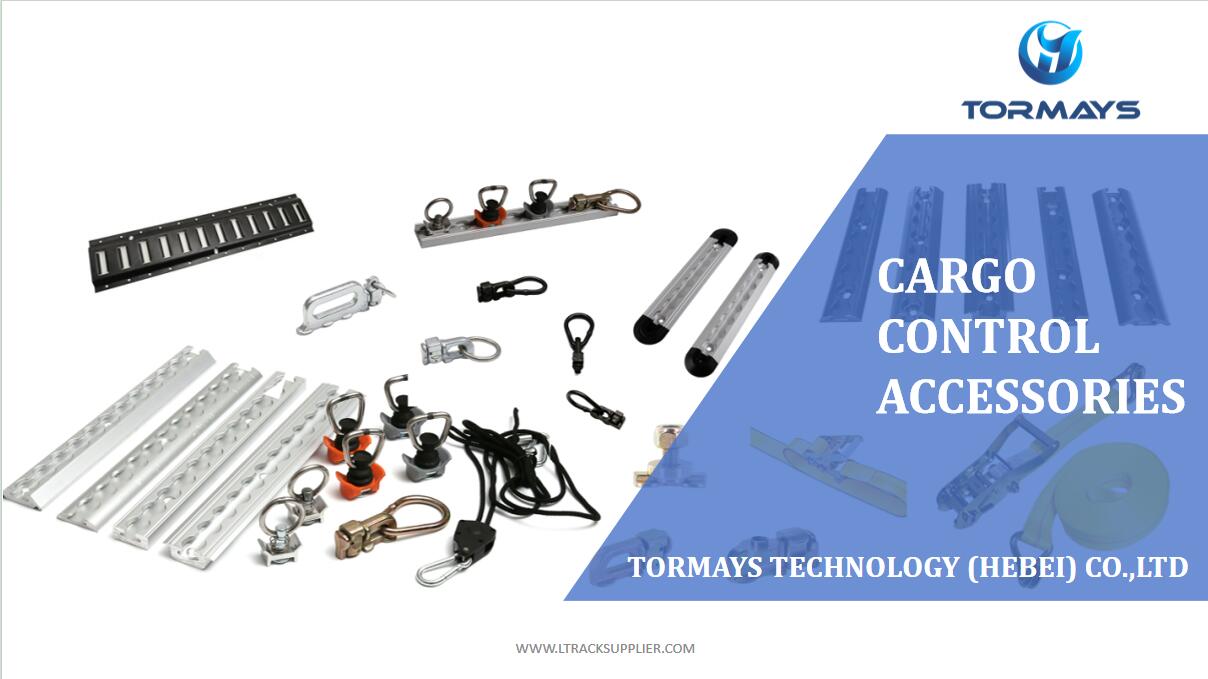
Ensuring wheelchair accessibility is essential in creating inclusive spaces for all individuals. Ramps for wheelchair access play a crucial role in this effort. Whether it’s a home, office, or public space, accessibility ramps are a key feature that helps those with limited mobility move more freely and safely. In this blog post, we’ll explore the importance of wheelchair ramps, their types, key features, and how they meet safety and regulatory standards like the Americans with Disabilities Act (ADA).
What is a Wheelchair Ramp?
A wheelchair ramp is a sloped surface that allows individuals using wheelchairs, walkers, or other mobility devices to move easily between different levels of a building or outdoor area. These ramps provide an essential means of access to places that would otherwise be unreachable due to stairs or uneven surfaces. The goal is to offer a smooth, barrier-free path for anyone with limited mobility.
Why Are Accessibility Ramps Important?
Accessibility ramps are critical in ensuring that all people, regardless of their physical ability, can access buildings and services. From grocery stores to schools, offices, and homes, ramps help create a more inclusive environment by providing equal access. This not only benefits people with disabilities but also supports parents with strollers, delivery workers, and anyone carrying heavy loads. A well-designed wheelchair ramp promotes independence and convenience.
ADA Ramp Standards
In the United States, the design and installation of ramps must meet specific regulations to ensure they are safe and usable. The ADA ramp guidelines are part of the Americans with Disabilities Act, which sets standards for making public spaces accessible. These regulations cover aspects such as ramp incline, width, and surface texture to guarantee that the ramp is practical for wheelchair users and others.
Here are some of the key ADA ramp guidelines:
Ramp Incline: The slope or slope gradient of a ramp should be no steeper than a 1:12 ratio. This means that for every inch of height, the ramp should be 12 inches long. This gentle incline ensures that wheelchair users can navigate the ramp safely without excessive effort.
Ramp Width: The ramp should be at least 36 inches wide to accommodate most wheelchairs. This is especially important for public spaces where a variety of wheelchairs and mobility devices may be used.
Non-Slip Ramp Surface: Ramps must have a non-slip surface to prevent accidents. A smooth but slip-resistant surface helps ensure that the wheelchair wheels grip the ramp securely, even in wet or icy conditions.
Ramp Safety Features: To enhance safety, ADA-compliant ramps must have handrails on both sides. These provide additional support for individuals using walkers or those who may need extra stability.
Types of Wheelchair Ramps
There are several different types of wheelchair ramps available, each designed for specific environments and uses. Choosing the right ramp depends on the location, level of mobility required, and budget.
Portable Wheelchair Ramp: A portable wheelchair ramp is ideal for temporary access needs. These lightweight ramps can be folded or rolled up, making them easy to transport and set up as needed. They are perfect for situations where permanent modifications aren’t possible, such as visiting a friend’s home or accessing a building with steps.
Threshold Ramp: A threshold ramp is a small ramp designed to help wheelchair users navigate over a raised threshold or step, such as at the entrance to a door. These ramps are generally compact and easy to install, making them ideal for residential use.
Modular Ramp System: A modular ramp system is a customizable ramp that can be installed to meet the specific needs of a location. These ramps are made up of individual sections that can be arranged and adjusted to fit the required space. They are often used for larger commercial buildings or homes with significant elevation changes.
Residential Wheelchair Ramp: A residential wheelchair ramp is a permanent or semi-permanent ramp installed in homes. It provides easy access to the entrance, garage, or other areas that may have stairs or uneven surfaces. These ramps are typically built from wood, aluminum, or steel and can be designed to match the style of the home.
Commercial Wheelchair Ramp: A commercial wheelchair ramp is a ramp designed for public or business use. These ramps must comply with ADA regulations and are typically made from durable materials like aluminum or concrete to withstand heavy traffic and weather conditions. Ensuring wheelchair-friendly design in commercial spaces is not only a legal requirement but also a sign of respect and inclusivity.
How to Choose the Right Ramp
When choosing a ramp, several factors need to be considered:
Ramp Slope and Length: The slope gradient is one of the most important factors. A gentler slope may require a longer ramp, but it will be easier for wheelchair users to navigate. Make sure the ramp meets the minimum ADA requirements for slope and length.
Material: Ramps come in various materials, including aluminum, steel, wood, and concrete. Aluminum ramps are lightweight, durable, and often non-slip, making them a popular choice for both residential wheelchair ramps and commercial wheelchair ramps. Wooden ramps offer a more aesthetic look and can be customized to fit the surroundings, but they may require more maintenance. Steel and concrete ramps are extremely durable but are typically used in commercial wheelchair ramp installations due to their weight and permanence.
Location: Consider where the ramp will be installed. For outdoor ramps, it’s important to choose materials that are weather-resistant and durable. Indoor ramps can be lighter and may not require as much reinforcement.
Safety Features: Make sure your ramp includes necessary ramp safety features like handrails, guardrails, and a non-slip ramp surface to prevent accidents.
Building a Ramp to Meet Local and National Guidelines
Whether you’re installing a ramp for a private residence or a commercial building, it’s essential to ensure that your ramp meets all wheelchair ramp regulations. In the U.S., ADA compliance is required for any public or commercial ramp, and local building codes may also apply. Check with your local authorities to ensure your ramp meets all necessary standards before starting construction.
The Importance of Universal Design
Creating an accessible environment benefits everyone. Universal design ramp principles aim to design spaces that are usable by all people, regardless of age or ability, without the need for adaptation or specialized design. Incorporating wheelchair-friendly design into your space from the start can make it more inclusive, and it’s a smart investment in the long term.
Conclusion
Building or installing ramps for wheelchair access is more than just meeting legal requirements; it’s about creating an inclusive and welcoming environment for everyone. Whether you need a portable wheelchair ramp for temporary use or a permanent modular ramp system, ensuring that your space is accessible can make a huge difference in someone’s life. By following ADA guidelines, considering ramp safety features, and using the right materials, you can ensure that your ramp is both functional and safe.
Creating accessible spaces through well-designed wheelchair ramps is not only about compliance but also about fostering independence and equal access for all. Whether you’re designing a residential wheelchair ramp or a commercial wheelchair ramp, the right choices can make a world of difference.
With these insights and a focus on wheelchair access, you can contribute to a more inclusive world, one ramp at a time.

